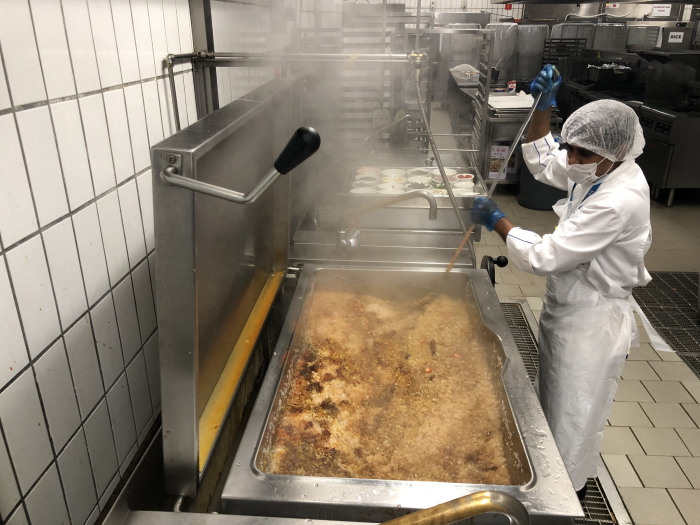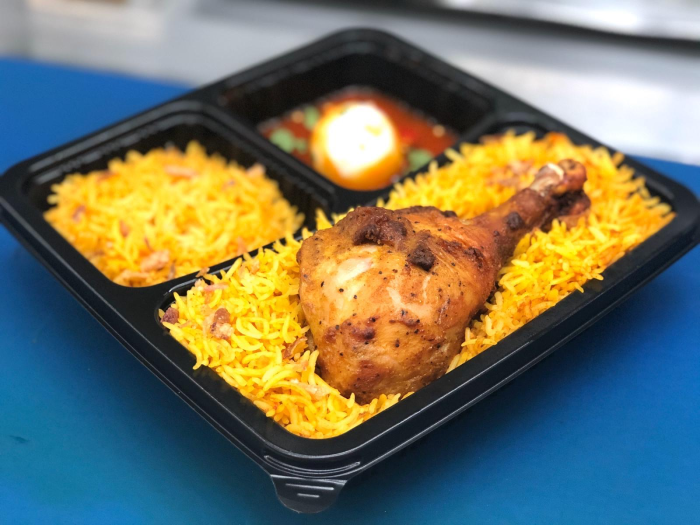dnata's dormitory deliveries

dnata in Singapore catering facility
In Asia, some countries depend on migrant workers for support in building the economy. Singapore has a migrant population of approximately 1.4 million. As a small and compact country, the most efficient way of housing and catering properly for a large population of foreign workers is to provide them with dormitory-style compounds - which seems to be a successful solution.

dnata chefs prepare meals for locked-down workers at the flight catering facility in Singapore
One issue with this, and any high-density residential conditions, is the problem of controlling a contagion such as the one currently being experienced. The result is that the migrant workers residing in Singapore made up approximately 85 percent of all the cases in the spring of this year during the early months of the outbreak. The Singapore Government has stepped in to ensure the safety of these guest workers and the wider population with a series of measures, including extraordinary logistics to feed them and ensure their well-being.
To tackle this problem, the Singapore Government turned to some of its largest food-makers - one of which came via dnata Singapore who came to its assistance. For those in airline provisioning, this situation has become an opportunity to reinvent, innovate and creatively find a way of preserving our businesses and our infrastructure. PAX Internaitonal's Asia Correspondent Jeremy Clark spoke recently with Dirk Goovaerts, dnata’s Regional Chief Executive Officer for APAC based in Singapore, who described some of the challenges faced in providing meals for the locked-down migrant workers.

dnata chefs prepare meals for locked-down workers at the flight catering facility in Singapore
“As an airline caterer we are not fazed by the manufacture and provisioning of large quantities of high-quality meals,” he said. “However, this particular situation presented us with the challenge of delivering hot, ready-to-eat meals rather than the usual airline system of uplifting chilled meals. In addition, we aimed to create authentic menus respecting cultural and dietary requirements. We continually adapted our offering to the workers’ taste based on their feedback.”
But, it was not what some may envision: a truckload of hot meals outside the compound, ringing the bell and running away.
“We worked closely with local authorities to ensure the highest level of safety for our people and the workers by delivering high quality, fresh hot meals in individually portioned containers to each location, on time, every day,” Dirk said.

Meals prepared by dnata workers in Singapore
To achieve this logistically, it required the traditional airline caterer to adapt its processes. The usual cook-chill methods were changed to a more sophisticated cook-hold or cook-chill-reheat. In addition, it needed more people.
“We have had the good fortune to be able to re-deploy a large number of our staff from other dnata services to help with this project,” added Dirk.

Meals prepared by dnata workers in Singapore

